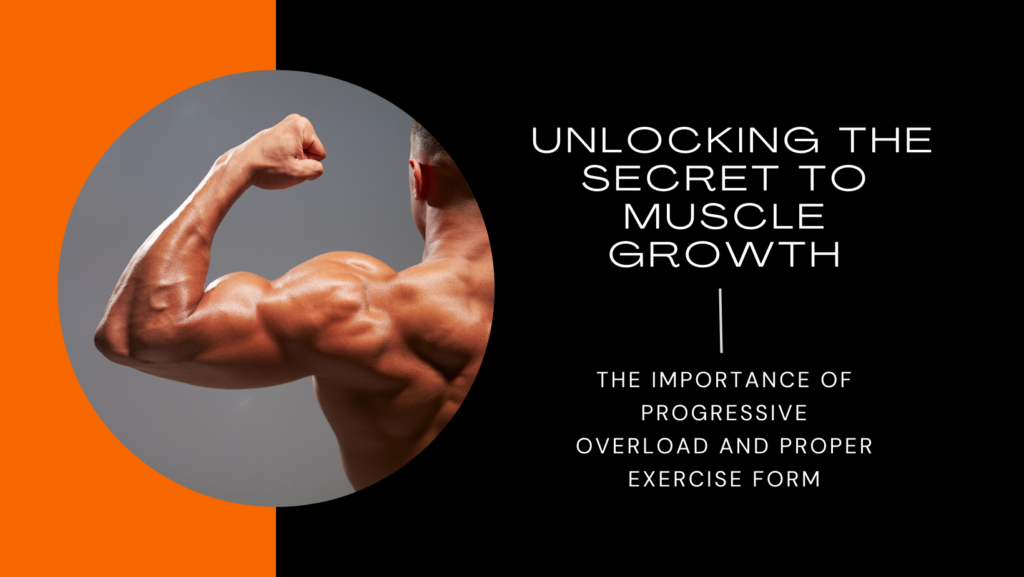Progressive overload has become the buzzword within gym culture, focusing on beating the logbook at any cost.
But What Exactly Is Progressive Overload?
Progressive overload is a fundamental principle in strength training which is essential for building muscle and increasing strength.
The basic outline is that for muscles to continue growing and getting stronger over time, there must be an increase from a given stressor to elicit adaptation and in turn growth within the muscle.
This increase is achievable by manipulating either one or, in some cases, all of the following six variables: An increase in the resistance/weight (load), more reps per set with the same weight (intensity), more sets for each exercise (volume), less rest time between sets (time), the speed that the repetition is carried out (tempo) or the number of times you workout (frequency).
So What’s The Secret? Not Quite!
The more time I spend on the gym floor, the more I spot the same two issues holding people back and, predictably, end up causing a) an injury to occur or b) no progress to be made. Either way, both lead to the same outcome quitting training within six months.
So What Are These Two Big Problems?
The first and most common problem is failing to work to a good standard of form execution that is repeatable on every repetition.
When there is a standard of form execution for each exercise, that standard can then be used to govern the weights used, and if you can’t meet the standard, reduce the weight. Subsequently, any increases taken to progressively overload are held to this standard first and foremost.
The second problem is most people don’t realise progressive overload can be achieved through more than just an increase in weight, and as I mentioned earlier, other variables can be used to stress the muscle to make it grow and get stronger. This is especially important when the subsequent weight increase impacts the FORM, which leads us back to problem number 1!
Why Are These Two So Damn Important?
Poor form decreases the effectiveness of the exercise as your ability to target the desired muscle group becomes close to impossible and can also be the quickest way to lead to injury. Would you wildly swing a heavy weight around in any other environment and not expect to get injured?
For building bigger muscles maintaining proper form also ensures that the muscles are being worked as efficiently and effectively as possible by keeping tension on the target muscles at all times, allowing maximum progress. Ultimately this results in more effective reps per set and, in turn, less unnecessary wear and tear put through the body overall.
So why would you choose to put your body through any unnecessary stress and wear you need to, especially if it doesn’t assist in building any extra muscle? It doesn’t make sense.
Let’s Take A Real World Example
The deadlift is an exercise I often see being carried out in a less-than-efficient way, which usually leads to back pain but also knee problems which lead to the exercise being blamed as bad for people’s bodies. However, if the form is good and you have selected the correct weight for your ability, you will target your hamstrings, glutes, back, and quads without any issues whatsoever.
In Conclusion
It is essential to prioritise form before increasing weight, as this will help govern and dictate how you choose to use the methods of progressive overload to progress in your strength training or bodybuilding programme to achieve optimal results. Then you can utilise any of the six variables of progressive overload; Load, intensity, volume, frequency, tempo, or rest time in any combination, to stress the muscles forcing them to adapt, resulting in growth and improvement.

